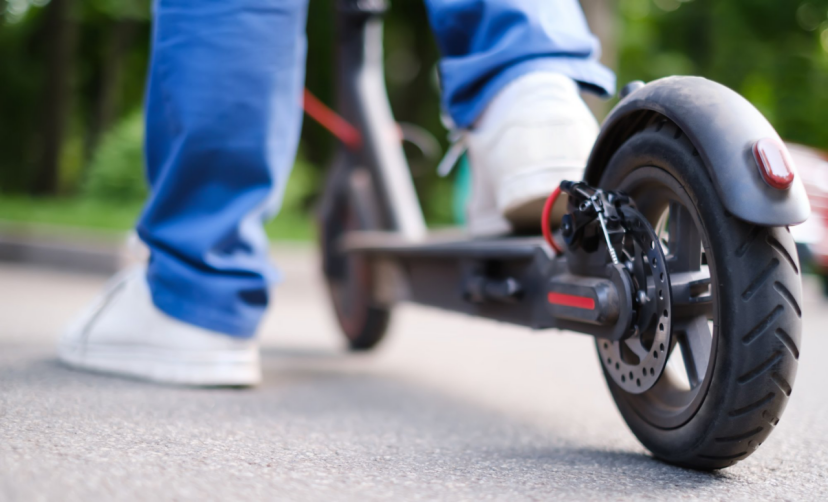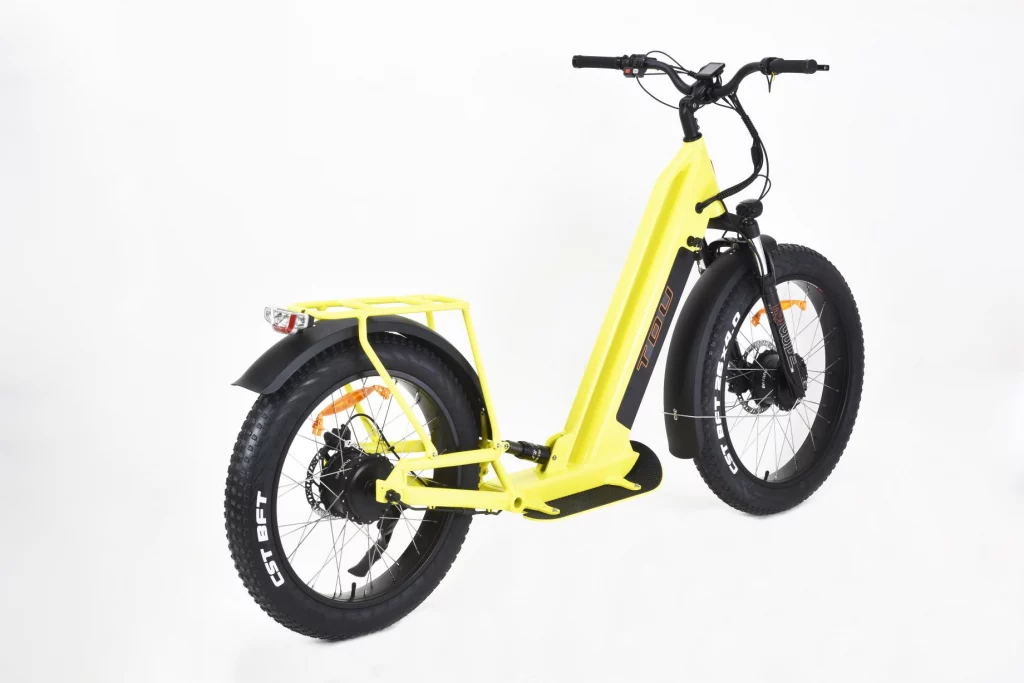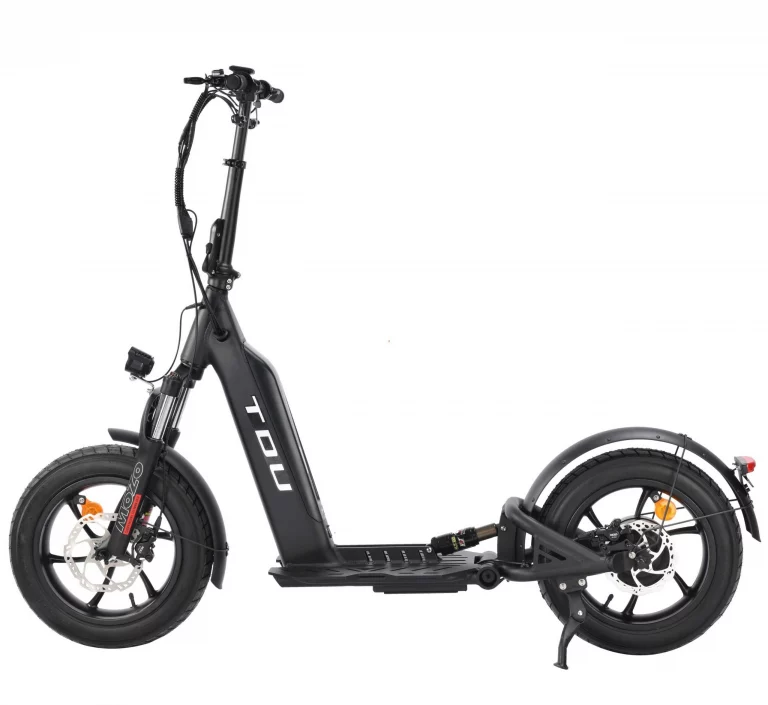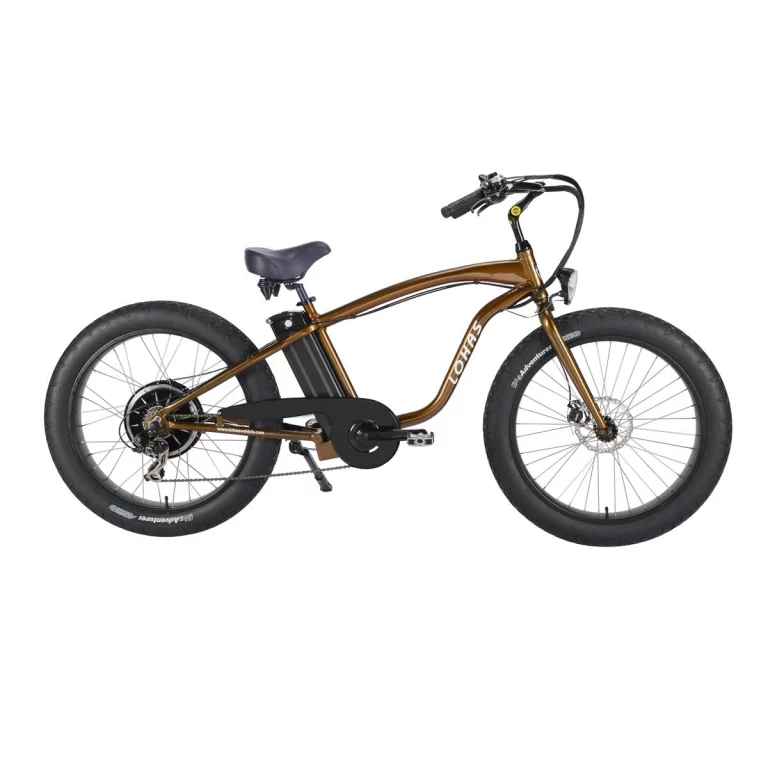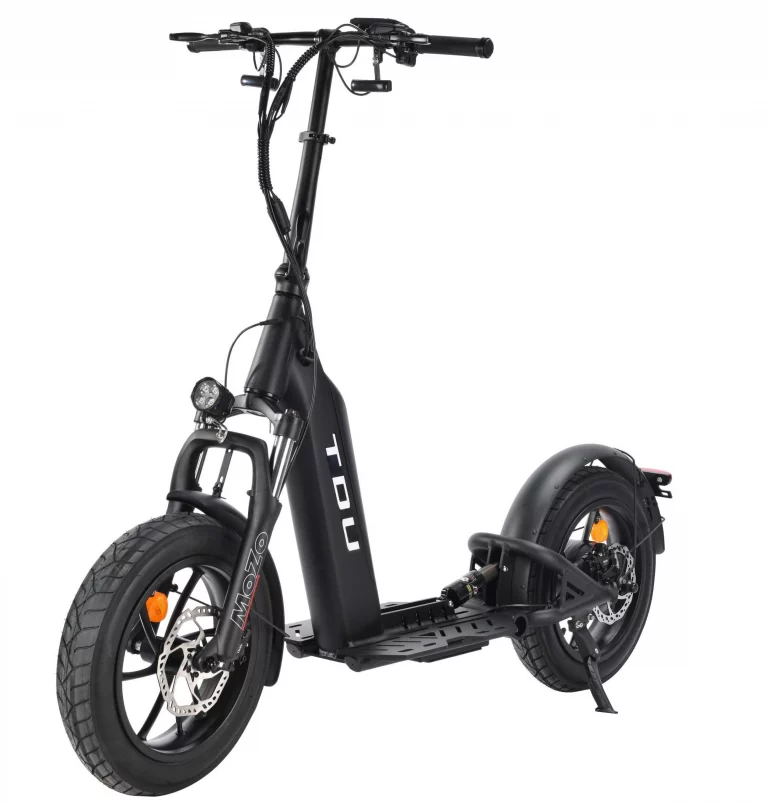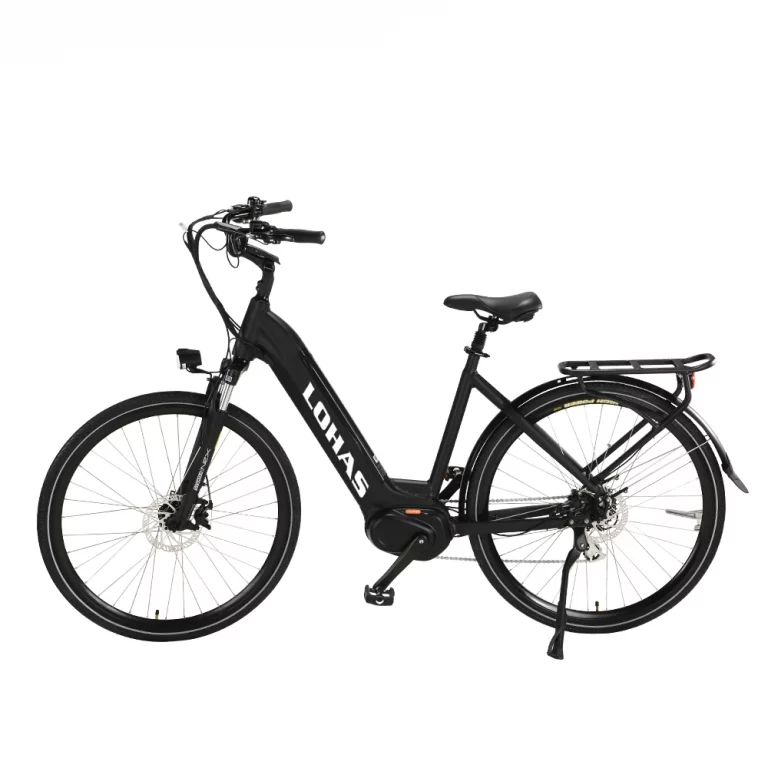Overview of Electric Scooter Brake Systems
Importance of Brake Systems in Electric Scooters
Electric scooters are a hit for green travel. They’re handy and eco-friendly. But safety’s a big deal. That’s where brake systems shine. Good brakes let you control speed easy. They stop you fast when needed. This cuts accident risks. Some scooters, with motors like the XAD 500W rear motor, hit 32 km/h. That speed needs solid brakes. They’re key for city commutes or fun rides.
Brakes aren’t just about stopping. They give riders confidence. You can zip through streets knowing you’re in control. For urban or trail use, reliable brakes are a must.
Key Components of an Electric Scooter Brake System
Electric scooter brakes have a few main parts:
- Brake Lever: Sits on the handlebars. You squeeze it to slow down or stop.
- Brake Calipers: Hold brake pads. They press pads against the rotor to slow the wheels.
- Brake Pads: Rub on the rotor. This friction stops the scooter.
- Rotors (or Discs): Spin with the wheels. Pads grip them to brake.
- Brake Cables or Hydraulic Lines: Link the lever to calipers. They carry your squeeze to the brakes.
Each part’s gotta work smooth. Together, they make braking quick and safe. Knowing these helps you pick a scooter with top-notch brakes.
Essential Safety Features in Electric Scooter Brakes
Anti-lock Braking System (ABS) for Enhanced Safety
Anti-lock Braking Systems (ABS) are getting big in scooters. They stop wheels from locking up when you brake hard. This keeps you steady. It’s awesome on slick roads or during panic stops. Yongkang LOHAS Vehicle Co., Ltd. models with hydraulic disc brakes often have ABS. They give you killer control and stopping power.
ABS is a game-changer. It keeps tires gripping the ground. You don’t skid out. For city riders dodging traffic, this feature’s a lifesaver.
Heat Resistance and Durability of Brake Pads
Brake pads need to be tough. They deal with heat from constant braking. Good pads don’t wear out fast. They stay strong even on long rides. This matters in hilly areas or busy cities with tons of stops. High-quality materials keep pads working great.
Durable pads save hassle. You don’t replace them as often. They keep brakes sharp, so you’re always ready to stop.
Responsive Braking Mechanisms for Emergency Situations
Quick brakes are key in a pinch. Mechanical disc brakes are solid. Hydraulic disc brakes are even better. They’re precise and reliable. Yongkang LOHAS Vehicle Co., Ltd.’s Logan Hydraulic disc brakes react fast. They boost safety when things get hairy.
Responsive brakes give peace of mind. You can stop on a dime. Whether it’s a sudden obstacle or a tight spot, they’ve got your back.
Factors to Consider When Choosing an Electric Scooter Brake System
Compatibility with Your Electric Scooter Model
Picking brakes means checking your scooter. Wheel size and frame matter. So does how you ride. Scooters with 16-inch fat tires need brakes built for big contact areas. These ensure strong stops. Match the brake system to your model for top performance.
Compatibility avoids headaches. Wrong brakes can mess up your ride. Always check specs to get it right.
Maintenance Requirements and Longevity
Brakes need different care. Mechanical disc brakes want cable tweaks now and then. Hydraulic ones might need fluid swaps. Tough parts last longer. They cut costs over time. Pick brakes with durable pads and rotors for less fuss.
Low-maintenance brakes are a win. They keep your scooter ready. You spend less time fixing and more time riding.
Performance in Different Weather Conditions
Weather messes with brakes. Hydraulic disc brakes rock in rain. Their sealed setup blocks water. Mechanical brakes can slip if wet. Rust-resistant rotors help too. They stay strong in damp or salty spots.
Good brakes handle any forecast. They keep you safe, rain or shine. For all-weather riders, this is huge.
Upgrading Your Electric Scooter’s Brake System
Benefits of Upgrading to Advanced Brake Systems
Upgrading brakes is a smart move. It boosts safety and performance. Hydraulic disc brakes beat mechanical ones. They stop stronger and smoother. This is key for fast scooters with XAD 500W rear motors hitting 32 km/h. Better brakes mean better control. You dodge accidents easier.
Advanced brakes last longer too. Top-notch pads and rotors handle heat and wear. They’re great for city commuters or hill riders. Yongkang LOHAS Vehicle Co., Ltd.’s Logan Hydraulic disc brakes shine here. They stay solid in tough conditions.
Plus, upgrades make rides nicer. Anti-lock braking systems (ABS) stop skids. They keep you steady on wet roads or sharp turns. For riders wanting a safer, smoother scoot, advanced brakes are worth it.
Steps to Upgrade Your Electric Scooter’s Brakes
- Check Your Current Setup: Look at your brakes. Note your scooter’s frame and wheel size. Scooters with 16-inch fat tires need specific brakes for big surfaces.
- Pick the Right Parts: Go for quality. Hydraulic disc brakes are top-tier for precision. Make sure parts fit your model.
- Grab Tools: You’ll need wrenches, screwdrivers, and maybe a hydraulic fluid kit for hydraulic brakes.
- Install the New Stuff: Take off old brakes carefully. Put on new calipers, rotors, and levers. Follow the maker’s guide. If you’re not sure, get a pro mechanic.
- Test It Out: Try the brakes in a safe spot. Check if they respond quick. Tweak if needed before hitting the streets.
- Keep It Maintained: Check brakes often for wear. This keeps them working great.
Upgrading takes effort but pays off. You get safer, sharper stops. Your scooter feels like new.
Common Issues with Electric Scooter Brakes and How to Address Them
Identifying Signs of Wear and Tear in the Brake System
Brakes wear out over time. Watch for these red flags:
- Squeaking or Grinding: Noisy brakes mean worn pads or dirt in calipers.
- Weak Stopping: Takes longer to stop? Pads might be glazed. Rotors could be warped.
- Spongy Lever: A soft lever hints at air in hydraulic lines. Or stretched cables in mechanical brakes.
- Visible Damage: Look for cracks or thin pads and rotors.
Spot these early. Swap out bad parts. Clean brakes to clear gunk. This keeps your scooter safe.
Troubleshooting Common Braking Problems
- Brake Fade on Long Rides: Heat builds up. It weakens brakes. Yongkang LOHAS Vehicle Co., Ltd.’s heat-resistant pads help. They stay strong.
- Uneven Braking: Brakes acting weird? Calipers might be off. Rotors could be uneven. Adjust them for steady stops.
- Hydraulic Leaks: Fluid leaks kill hydraulic brakes. Check lines for cracks or loose bits. Replace bad parts fast.
- Cable Issues in Mechanical Brakes: Cables stretch or fray. This makes brakes sluggish. Tighten them regularly for crisp response.
Fix these quick. Regular checks keep brakes sharp. You stay safe and in control.
Frequently Asked Questions
Why should I upgrade my electric scooter’s brake system?
Upgrades boost safety. They give stronger stops and smoother rides.
How do I know if my scooter’s brakes need replacement?
Listen for squeaks. Feel for weak stops or soft levers. Check for damaged pads or rotors.
Can I install advanced brakes on any electric scooter?
Yup, but check wheel size and frame. Make sure parts match your model.
What’s better—mechanical or hydraulic disc brakes?
Hydraulic brakes are sharper and tougher. But they need more know-how to maintain.
For killer electric scooters with top brake systems, hit up Yongkang LOHAS Vehicle Co., Ltd. Customization Service. They build rides that fit your vibe.

